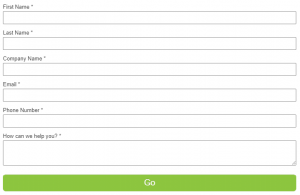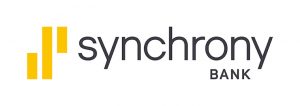Bank of America Corporation is a multinational investment and financial services company that is headquartered in Charlotte, North Carolina. The company also has banking hubs in New York City, London, Hong Kong, Minneapolis and Toronto. It is the second-largest banking institution in the U.S. after JPMorgan Chase.
Bank of America was formed in 1998 with the $62 billion acquisition of BankAmerica by NationsBank. The company later established commercial banking operations, which include Merrill Lynch for wealth management and Bank of America Merrill Lynch for investment banking.
As one of the largest banks in the U.S., Bank of America has both a huge physical and digital presence. The bank has about 4,500 branches, including branches in the country’s 30 top urban markets. They also have a mobile app that has a lot of capabilities and is easy to use.
This makes Bank of America a decent choice for managing household finances, regardless of your income level. However, if you run the risk of having a negative balance in your account or if you don’t receive regular direct deposits, you may want to look at more non-traditional options, as Bank of America’s fees are substantial. They also don’t offer very good interest rates on their savings and certificate of deposit (CD) accounts.
What’s interesting about Bank of America?
As a large bank, Bank of America has some of the features you just can’t find at their smaller counterparts. They have a wide network of ATMs and branch offices — located in both major cities and the suburbs — and they have the financial backing to support an app that gives you a complete banking experience in the palm of your hand. Their app even includes a digital assistant named Erica®, along with their BankAmeriDeals® program, which gives you discounts at popular stores just for using their app.
You can use the Bank of America app to pay bills, transfer money, build a budget, deposit checks and even enable automatic “round-up” savings through their Keep the Change® program. You can also enable custom alerts on transactions that are over a specific amount or for transactions made online. Moreover, you can even create alerts for oncoming bills; this adds an extra layer of security and helps you avoid potential late fees from third parties.
Bank of America critiques
Bank of America makes it easy to put money aside through their automatic savings program and their mobile app, but the money you save isn’t likely to appreciate much. Even if you reach the “Platinum Honors Tier” of their savings account, which requires a balance of at least $500,000, your annual percentage yield (APY) is still only 0.06%. While this APY is comparable to other savings accounts on the market, it still isn’t as high as some of the best options.
The biggest drawback to Bank of America is their fee structure, especially in regard to their checking accounts. In fact, its fees and the reviews surrounding them even made the news in 2018. Reviewers have also complained of poor customer service.
If you want a checking account that includes paper checks, it requires a $12 monthly maintenance fee. You can avoid it by maintaining a daily balance of $1,500 or by receiving at least a $250 direct deposit each month, but that isn’t always possible for some consumers.
Their overdraft fees are also some of the worst in the industry. For every charge over $1 that overdrafts your account, you’ll be hit with a fee of $35. You can receive up to four of these fees per day, for a total $140, in addition to the negative balance on your account. They also charge high fees for using out-of-network ATMs.

Bank of America checking & savings accounts
Bank of America no longer has a standard checking account. Instead, they offer three tiers of their “Bank of America Advantage Banking” account. They also offer a student banking account. For savings, they only have one choice, but they do offer a savings option for individuals under the age of 18.
The bottom line
Upon review, Bank of America is a relatively good choice for everyday banking. If you can avoid their monthly maintenance fees, their smartphone app and widely accessible ATM and branch network make them convenient and affordable. Additionally, their mobile tool for scheduling and paying bills is particularly useful.
However, Bank of America may not be a good choice for both low-income and high-income individuals.
Their overdraft fees can be brutal, especially if you don’t have much money on hand to begin with. Plus, your income is at risk of being chipped away at if you can’t avoid the account maintenance fees by maintaining a minimum balance or getting regular direct deposits. The bank’s only saving grace for low-income bankers is their collection of low interest credit cards, student credit cards and credit cards designed to repair credit, but you can apply for those without signing up for an account.
High-income individuals who want to invest and put money into a high-yield savings account should probably look elsewhere. The APY on Bank of America’s savings accounts and CDs are standard, but not impressive.




